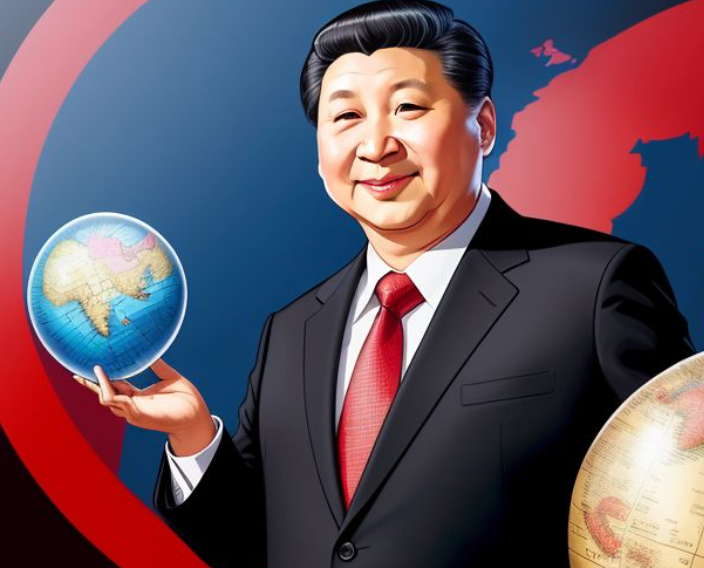$SNP $PTR $USO
#China #OilDemand #Sinopec #EnergyMarket #OPEC #ChinaEconomy #PeakOil #EnergyTransition #OilPrices #FossilFuels #Sustainability #Renewables
Sinopec, one of China’s largest state-owned oil companies, has sharpened its forecast on the nation’s oil consumption, predicting that demand will likely peak in 2027. According to Sinopec, peak demand is expected to hit a daily consumption level of 16 million barrels or approximately 800 million metric tons annually. This announcement builds on an earlier projection made last year, which anticipated peak consumption between 2026 and 2030. The updated prediction narrows the window for this significant shift in China’s energy market and highlights the possibility of more immediate changes ahead. The revised outlook positions Sinopec alongside China National Petroleum Corporation (CNPC), which also foresees a 2027 peak. This alignment among major state players underscores a consensus on the trajectory of energy consumption in the world’s second-largest economy.
China’s demand for oil has been one of the primary engines driving global crude markets for decades, with its economic growth spurring increasingly intense energy requirements. The projection of a 2027 peak represents a pivotal turning point not just for China, but for international oil producers, OPEC+ nations, and market participants globally. A peak in China’s oil demand would signal a shift in global trade flows, particularly for countries heavily reliant on energy exports to China. On a macroeconomic level, if this forecast materializes, it could impact long-term pricing frameworks and investment strategies for energy firms. Sinopec’s estimation also responds to various factors including a slowing of China’s industrial growth, demographic shifts due to a decreasing population, and a push toward cleaner, renewable energy sources. These structural shifts could reshape supply chains, presenting both risks and opportunities for companies linked directly or indirectly to the Chinese economy.
In the short term, oil markets are still reacting to robust Chinese demand in 2023 as the economy recovers from prolonged pandemic-induced lockdowns and disruptions. Sinopec’s outlook indicates that consumption for this year remains strong, offering continued support to global crude prices, which have been under pressure from mounting recession risks in the U.S. and Europe. However, as Chinese policymakers accelerate investments in green technologies and electric vehicles, the long-term balance of global energy markets may tilt away from oil. This shift, while driven domestically, will likely ripple through financial and commodity markets, creating cross-border implications for oil majors like $SNP and $PTR, as well as ETF products like $USO, which track energy futures.
The implications of China’s peak oil demand go beyond energy markets. The transition may put additional pressure on fossil fuel-reliant industries and regions, simultaneously opening up lucrative growth avenues for renewable energy developers, electric vehicle manufacturers, and companies involved in battery technology. For oil producers, capital allocation will increasingly hinge on flexible strategies to navigate declining demand in previously lucrative regions. OPEC+, already balancing production quotas with weakened global demand, may have to rethink output schedules to account for a more volatile trajectory. In the long term, the Chinese transition from fossil fuels could encourage other emerging markets to follow suit, accelerating the global pivot to sustainability. Markets will likely start pricing in these developments well ahead of 2027, signaling a complex interplay of risk and opportunity across multiple asset classes.











Comments are closed.